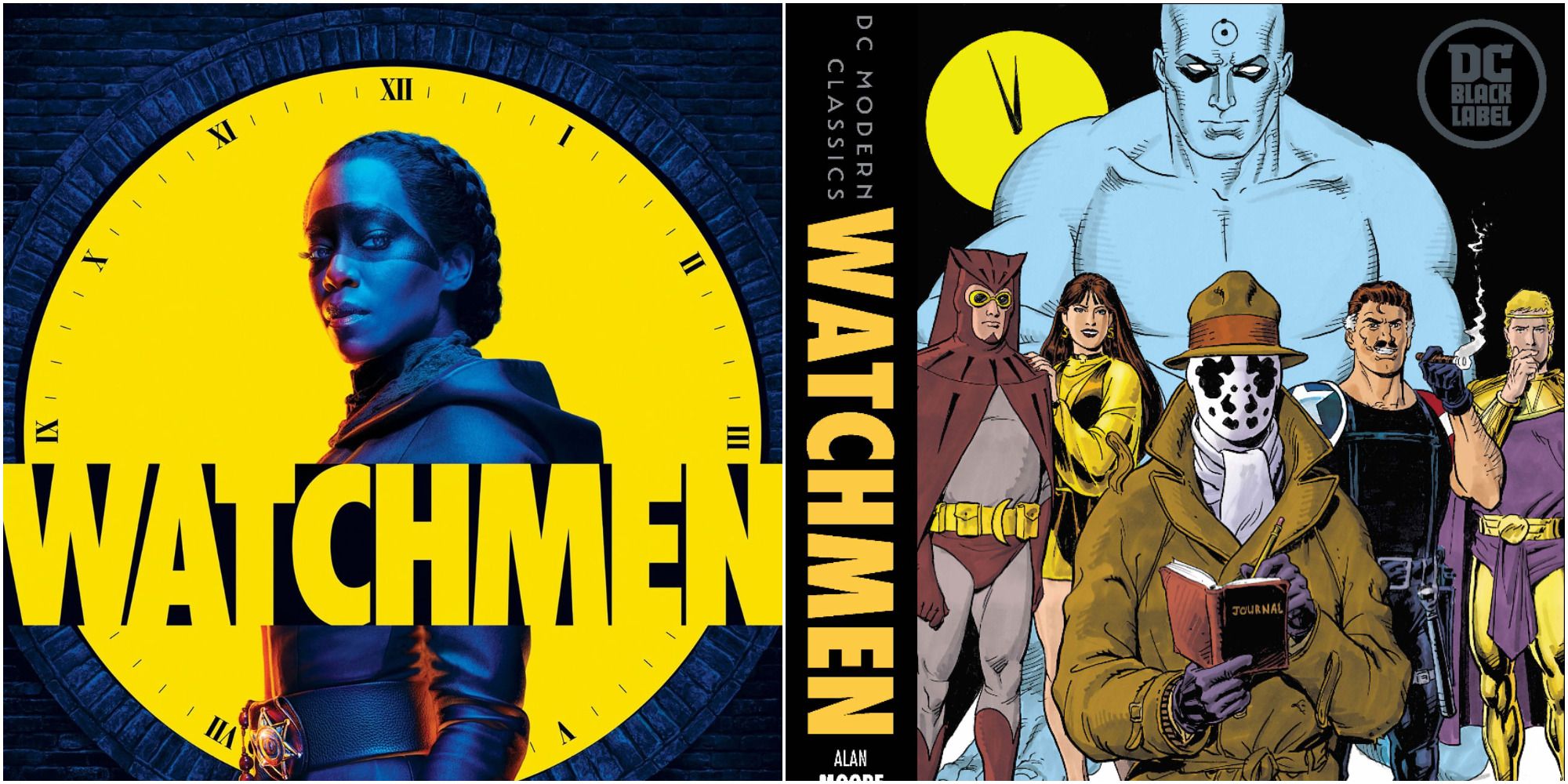
Watchmen is one of the seminal classics of comics, regularly included in best all-time lists. Alan Moore and Dave Gibbons' twelve-issue epic has always been big business, becoming one of the biggest selling comics of all time, with its success sparking a war between Alan Moore and publisher DC Comics over the property, one which has seen Moore disavow any spin-off, regardless of quality.
While the question of whether there should be Watchmen spin-offs is up to the consumer, one can't deny that the recent HBO Watchmen show was a fine sequel, full of quality storytelling and great acting. Unlike other Watchmen sequels and adaptations, it's also quite different from the original work, using the story for its own purposes.
10 It's A Live-Action & Not A Comic
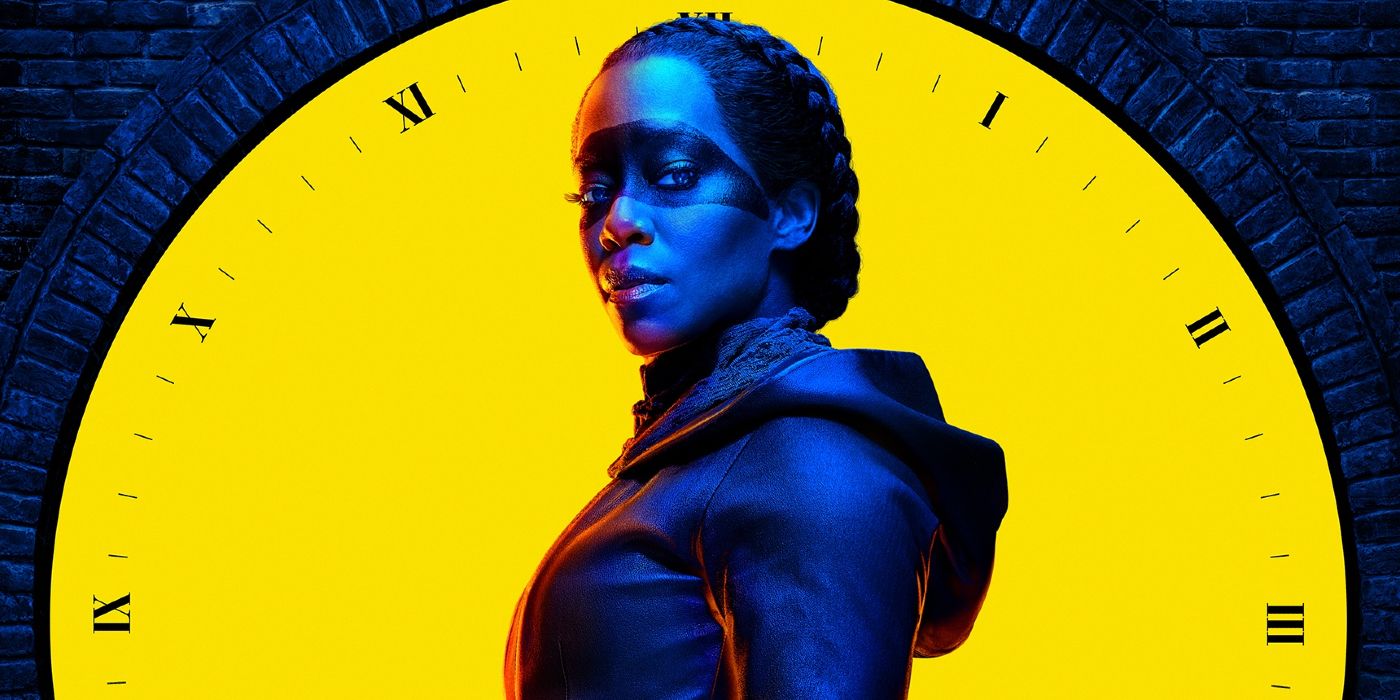
This one is kind of a no-brainer, but the Watchmen TV show is not a comic, and that is a rather large difference on its own. While it references many things from the comics, the completely different medium means that it tells its story in a very different way, one which sets it apart from its antecedent.
Many of Moore's storytelling techniques in Watchmen were only possible because of the sequential nature of the comic medium. The creators of the TV show had to do things differently in order to make their show work but still have the same feel as the comic.
9 Rorschach Was Used As A Symbol Of Evil
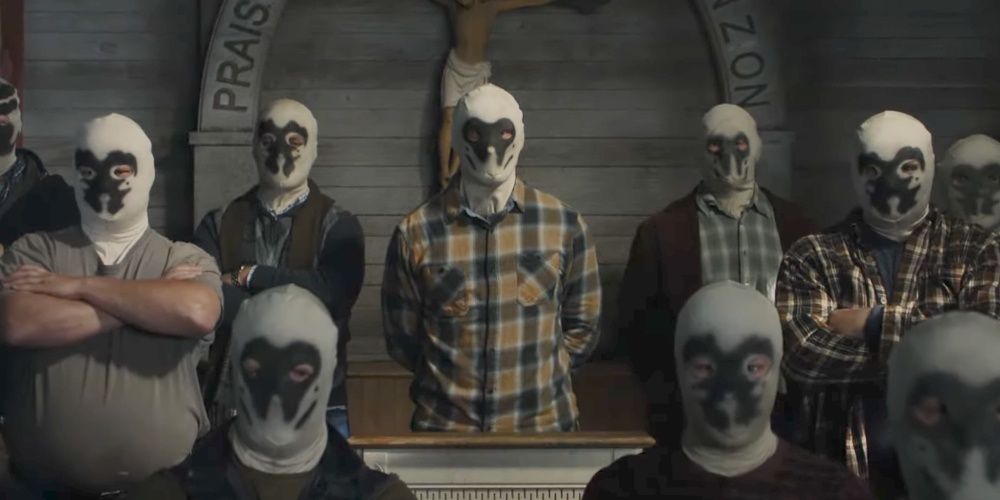
There were many Watchmen characters fans wanted to see in the show, and it was executed brilliantly most of the time. One of the most interesting ways it did this was with Rorschach and the role his mask played with the Seventh Cavalry. The show uses Rorschach more as an out and out symbol of evil than Moore ever did.
Many fans got the wrong idea from Rorschach in the comics, thinking he was a figure to be looked up to, regardless of how often Moore tried to show him as a terrible extremist. The show doubled down on this, making Rorschach into something of a monstrous racist believing ridiculous conspiracies.
8 None Of The Heroes Were As Morally Reprehensible As Rorschach
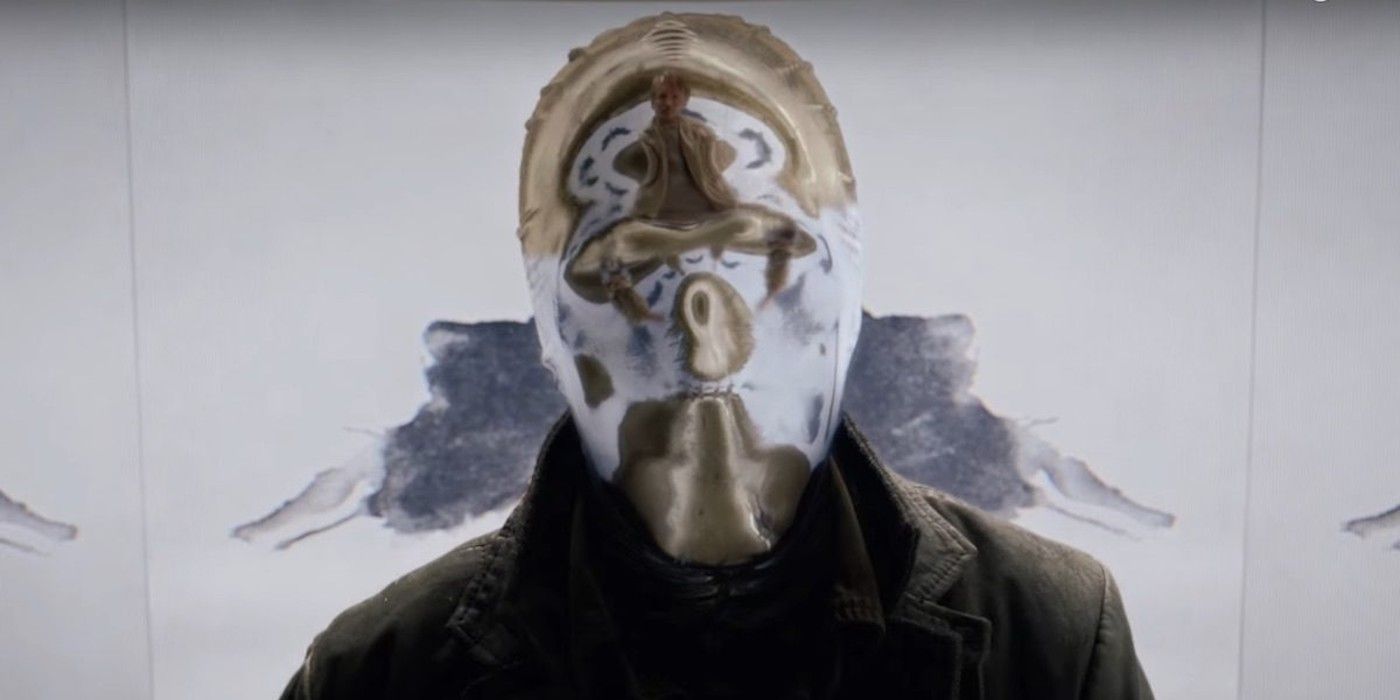
Speaking of Rorschach, while Moore used him as one of the main characters, he tried over and over again to show that he was not a good guy or someone to look up to. Of course, history has shown this didn't work and it was something the creators of the TV show were smart not to try. None of the good guys in the show are anywhere near as morally reprehensible as Rorschach.
One can look at Rorschach as a reaction to the world around him taken to the farthest and least logical extreme. However, that doesn't make him a role model. Sister Night, the main character of the show, is an admirable person, and even Looking Glass, who is closest to Rorschach in his conspiratorial leanings, sees the error of this way of living by the end.
7 It Uses Policemen Instead Of Superheroes
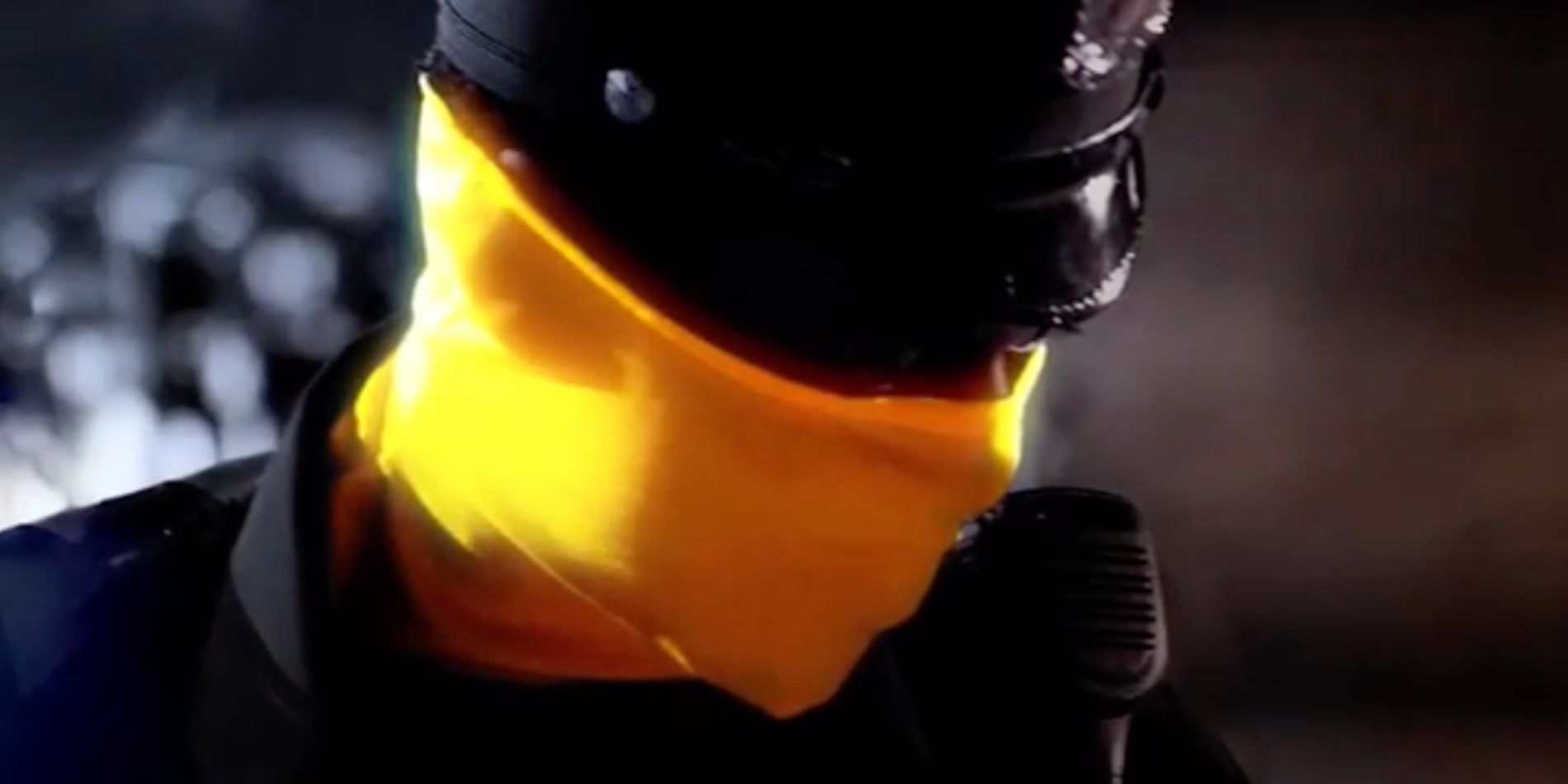
In Watchmen, Moore wanted to use superheroes to talk about a variety of things in the culture of the time, not least of which was the changing nature of superheroes and what their effect on culture would be. Lindelof and company instead used policemen and this made it a very different type of story, one that was perfect for its time.
Moore's Watchmen used the backdrop of nuclear annihilation to great effect in the comic, just like Lindelof and company use the police, racism, and extremism in contemporary American culture to tell its story. While the show's original characters could fit into a comic, they aren't superheroes regardless of the trappings.
6 It Shied Away From Some Of Moore's Peculiarities
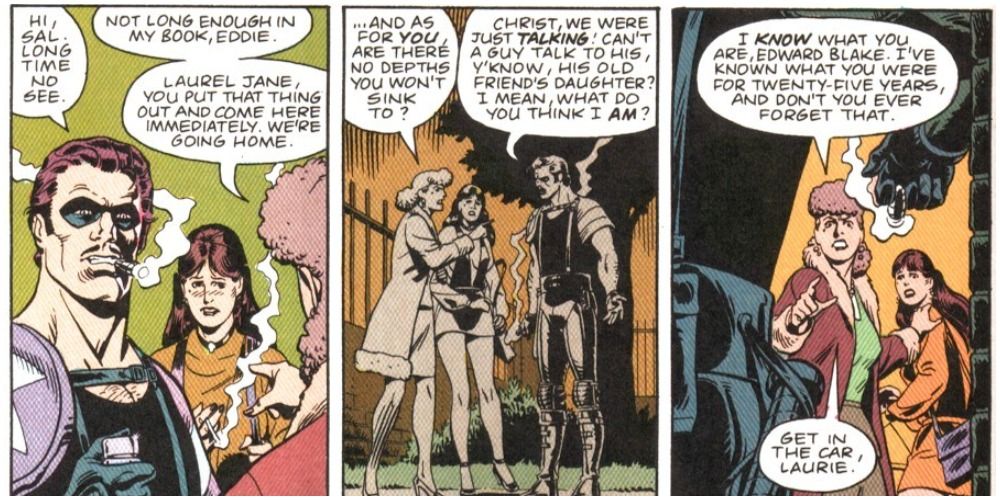
One of the most shocking moments in Moore's Watchmen was Comedian's assault on Silk Spectre. It was meant to show readers just how bad the Comedian was, but it illustrated one of Moore's strange predilections in his writing. He's often used sexual assault in his stories as a way to show how bad someone is, but it's an issue that needs to be handled in a sensitive manner.
While Moore has never glorified this kind of violence, it's strange that it's such a part of his work. The show chose to stay away from it altogether.
5 It Treats Homosexuality Differently
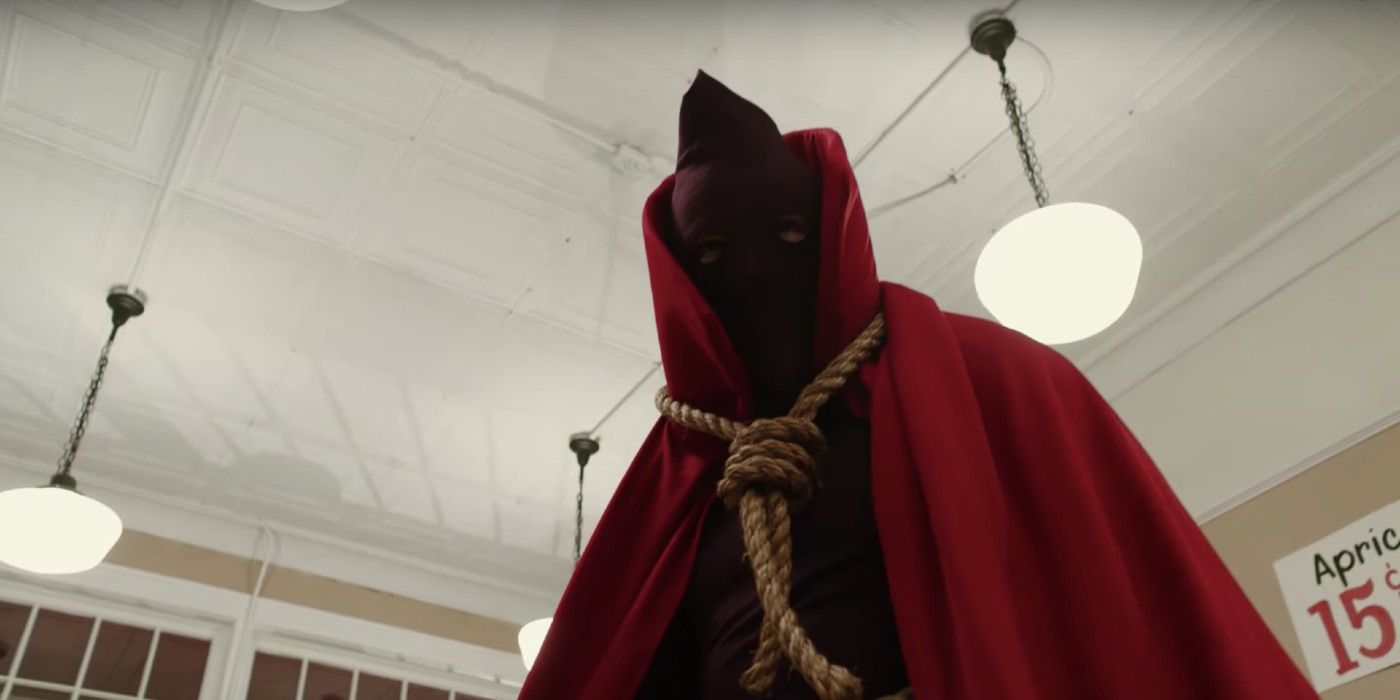
While Moore himself is in no way a homophobe or bigoted, Watchmen has some rather hidebound attitudes on homosexuality, ones that have not aged well. Homosexual characters aren't portrayed well in the comic—Captain Metropolis is a washed-up failure unable to adapt, Hooded Justice was made out to be a psychopath, and lesbian relationships in the book (between Silhouette and her lover and the cab driver and female Knothead) end in violence.
The TV show treats the subject differently, showing the truth behind Hooded Justice and Captain Metropolis' relationship. It's a more realistic relationship but it never seems like a terrible thing, as homosexuality is often treated in the comic.
4 It Kills Doctor Manhattan
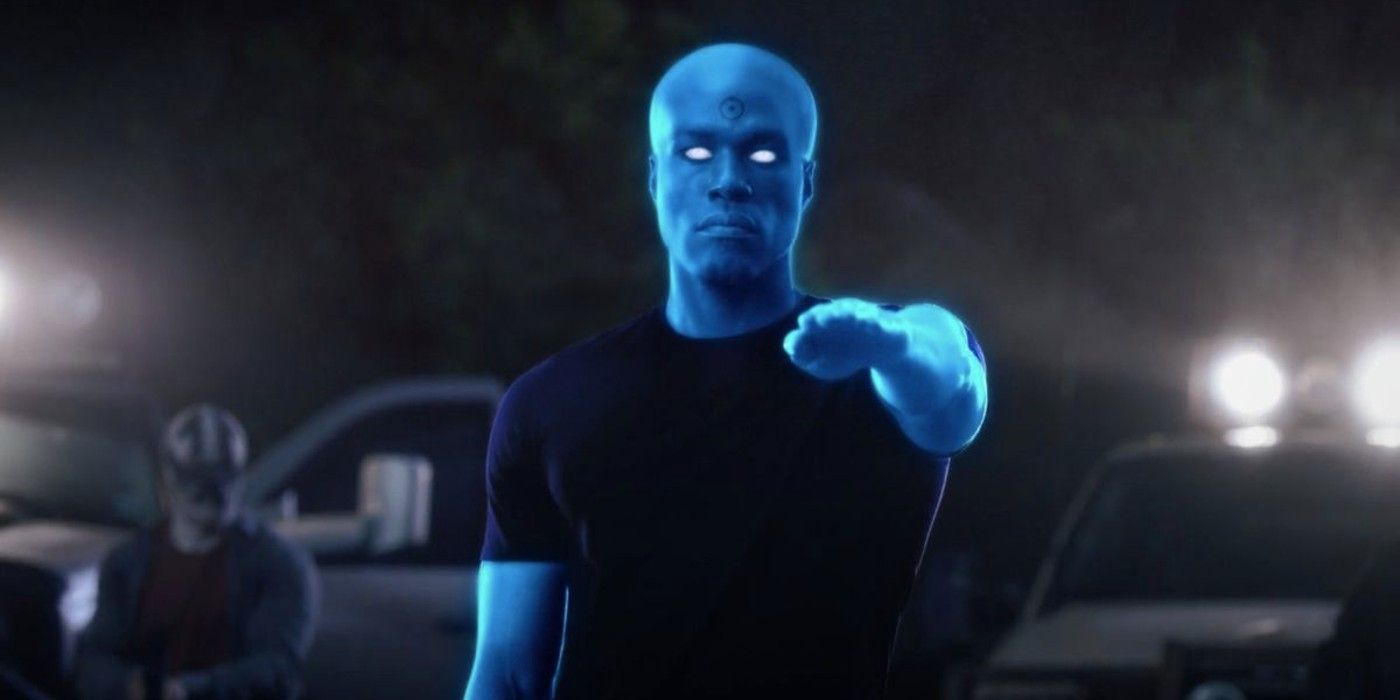
In Moore's Watchmen, Doctor Manhattan is the all-powerful being, a walking dues ex machina who illustrates the dangers of power. The character is also in the TV show, but he's quite different. For one thing, viewers don't know he's in the show for a while. For another, he's trying to embrace his humanity again and had given up his powers.
While he regains them later in the show, his death is a huge plot point and a massive difference from the comic. In the comic, Manhattan's apparent death is just another twist in the last issue. In the show, it's a permanent state of affairs, showing just how fragile power can be.
3 Sister Night Is A Very Different Type Of Protagonist
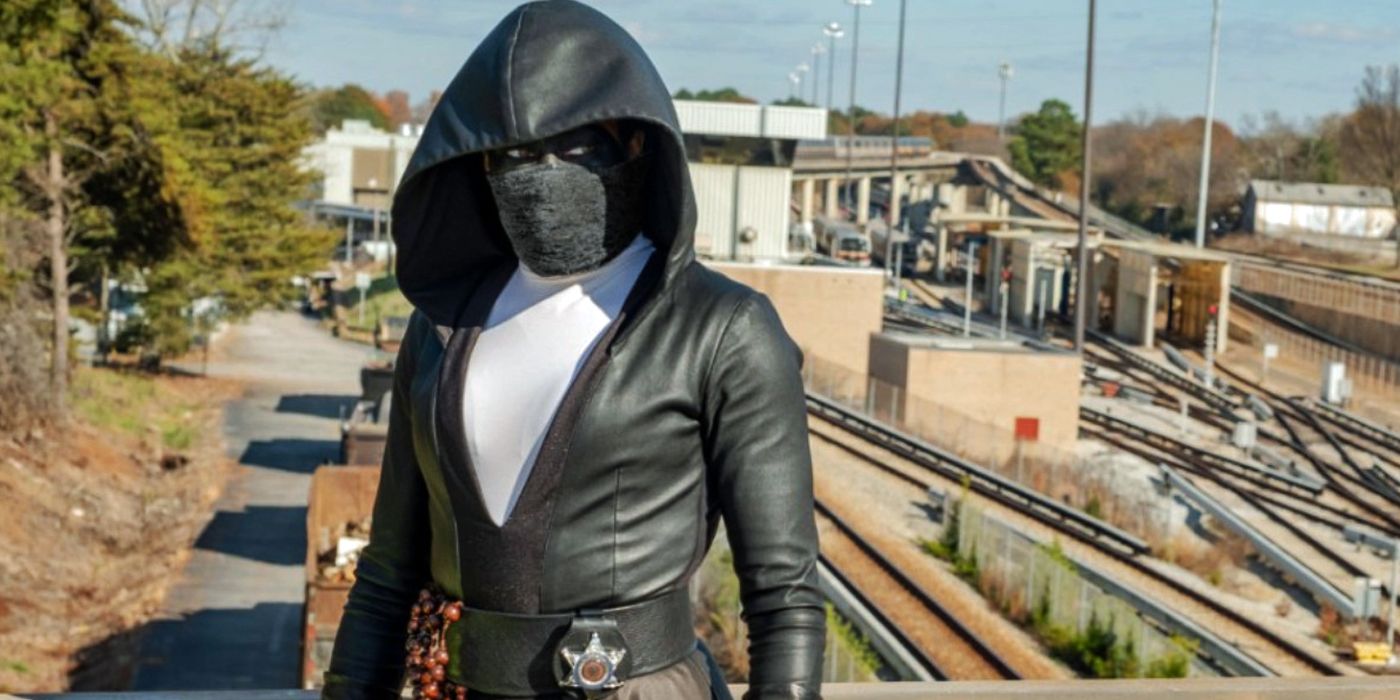
Regina King's Sister Night is an amazing character, partly because of King's great acting skill but also because of just how well written she is. She's pretty much completely different from anyone in the comic and it sets the show apart from the comic in subtle ways. She's not trying to save the world or anything like that—she's just solving a case and learning more about herself.
She gets thrust into a situation far beyond her but is able to roll with it, using her smarts and skills to get through things. On top of that, she's just a genuinely likable character in a way that few of the characters in the comics are.
2 Ozymandias Is Mostly Played For Laughs
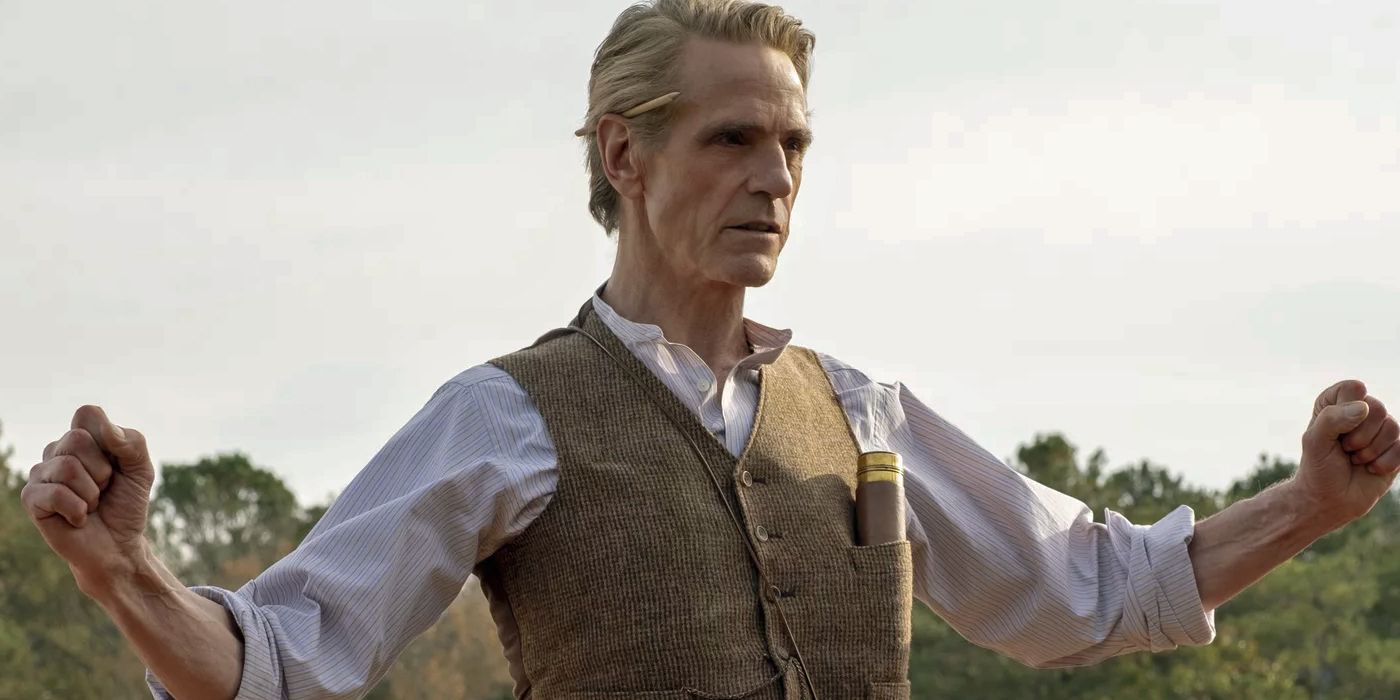
Jeremy Irons as Ozymandias was an inspired casting choice and one that made the show's portrayal of the character work in ways that it wouldn't have if another actor played him. It often feels like the character is mostly just there to be a bit absurd and it's generally wonderful.
Irons perfectly captures what would happen if a genius had everything they needed but nothing worthwhile to do and is a huge departure from the rather cold and calculating Adrian Veight of the comic.
1 It Takes A Rather Unflinching Look At Racism & Extremism In America

Moore's Watchmen talked about a lot of things, but one thing it shied away from was racism. It seems very weird for an artist like Moore to barely reference something so important, especially looking at everything he put into the book. The show heavily departs from this, taking an unflinching look at both racism and extremism.
While it can be said that Lindelof and company did what Moore did—use Watchmen to talk about society—they choose to talk about different things. Racism and extremism are important topics to address and it makes perfect sense for the show to use them just as much as it did for Moore to use nuclear anxiety in the original story.
0 Comments